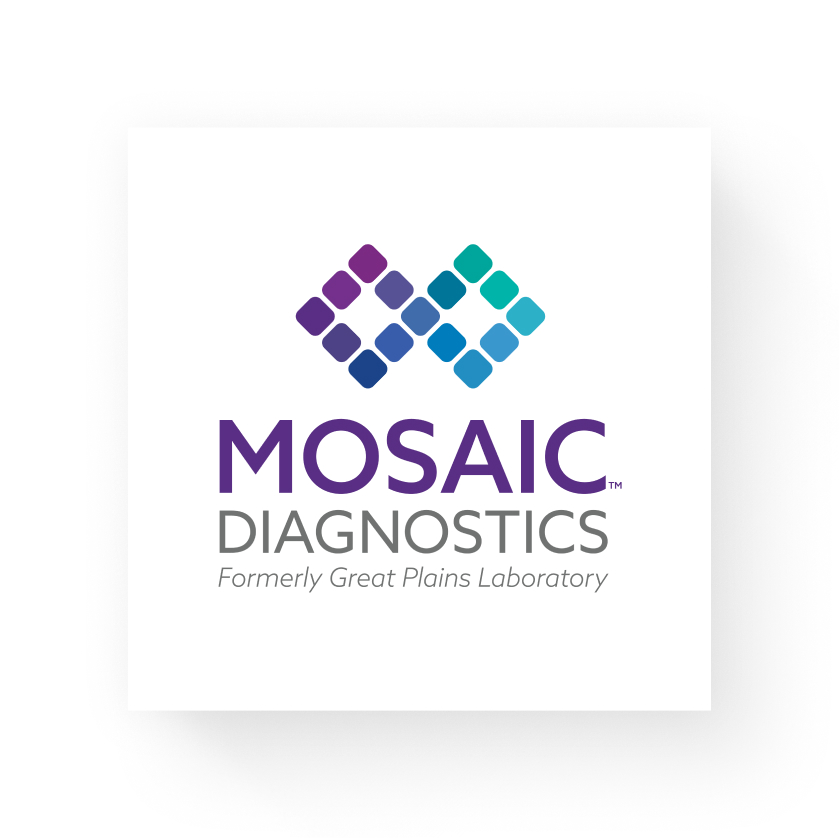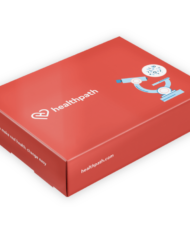Welcome to my blog post ‘Ochratoxin A Toxicity: Antioxidants To The Rescue’. This blog assumes you are up to speed with what mycotoxins are, the signs and symptoms of mycotoxin illness, and how to test for them. If not, you may also be interested in the section of my blog dedicated to mycotoxins, click here, in particular:
- Mycotoxin Testing What You Need To Know
- Can Mould And Mycotoxins Cause Chronic Fatigue Syndrome?
- Can Mould And Mycotoxins Cause Gut Problems Such As IBS?
Ochratoxin A
OTA is efficiently absorbed from the gastrointestinal tract, mainly in the small intestine. Information from a number of species shows that it is distributed via the blood, mainly to the kidneys, with lower concentrations found in liver, muscle and fat.
These findings indicate that oxidative stress is an important factor in OTA cytotoxicity, and supplementation with α-tocopherol may counteract OTA cytotoxicity. α-Tocopherol is a member of the vitamin E compound group that has several biological roles.
Phenolic Compounds
Catechins are a class of phenolic compounds presents in green tea leaves, chocolate and some plants. They have been shown to have several healthy properties. Among them are anticancer properties and protective capacity against oxidative stress-related diseases. Costa et al. investigated the protective effect of two catechins against OTA-induced cytotoxicity:
- EGCG (found in green tea)
- Epicatechin gallate (ECG)
Costa et al. reported the cytoprotective effects of catechins in vitro from OTA-induced cell damage and a good scavenging power based on the inhibition of ROS production.
Liquorice Root Extract
- Product recommendation: click here.
Liquorice extract from the dried roots of Glycyrrhiza glabra is one of the herbal medicines that is used widely in various countries.
Their data indicate that OTA, at least partly by interfering in the oxidative stress system, exerts its toxic effects on testes, whereas liquorice, with antioxidant properties, could fairly protect rats against OTA toxic effects.
Lycopene And Ochratoxin A
- Product recommendation: click here.
Lycopene, the most prevalent carotenoid in the Western diet, is majorly present in tomatoes. The consumption of tomatoes and/or tomato products is associated with increased lycopene blood levels and reduced oxidative damage of lipids, proteins and DNA.
The results of this study showed that lycopene might be partially protective against OTA-induced nephrotoxicity and oxidative stress in rat, as evidenced by partial recovery in histopathology, apoptosis and antioxidant parameters.
Glutathione And Ochratoxin A
- Product recommendation: click here.
GSH is a biological antioxidant and the major non-protein sulfhydryl present in cells; while its conjugation with strong electrophiles is considered a mechanism of cellular protection, certain conjugates act as toxicants in tissues rich in γ-glutamyl transpeptidase (γ-GT). A dual activity of glutathione with OTA has been reported: in liver, glutathione protects against genotoxicity, but increases the toxic effect in kidney.
Zinc And Ochratoxin A
- Product recommendation: click here.
Zinc is widely considered as a potential antioxidant in vitro.
Zheng et al. investigated whether zinc supplement could inhibit OTA-induced oxidative damage and DNA damage in HepG2 cells and the mechanism of inhibition. They demonstrated that OTA toxicity is associated with the inhibition of cell proliferation, a decrease in the intracellular zinc concentration, the induction of ROS production, decreases in SOD activity and mitochondrial membrane potential.
Thus, the addition of zinc can potentially be used to reduce the OTA toxicity of contaminated feeds.
Antioxidant Mixture
Melatonin (Mel) and coenzyme Q10 (CoQ10) are well-known antioxidants and free radical scavengers.
Moreover, the ability of selenium combined with other antioxidants, such as CoQ10, L-carnitine, Zn, Mg, N-acetyl cysteine, vitamin C, vitamin E or tamoxifen, to intervene in apoptosis induced by OTA in livers of mice was also investigated. The authors demonstrated that the antioxidants have inhibitory effects on OTA-induced apoptosis.
Summary For Modulating Ochratoxin A Toxicity With Antioxidants:
- Several mechanisms have been proposed for OTA toxicity and OTA renal tumor formation: inhibition of protein synthesis, interference with metabolic systems, promotion of membrane lipid peroxidation, disruption of calcium homeostasis, inhibition of mitochondrial respiration and DNA damage.
- A growing number of in vitro and in vivo studies has been collected and describe evidence compatible with a role for oxidative stress in OTA toxicity and carcinogenicity.
- For these reasons, several studies have been performed using antioxidants to try to counteract the adverse effects of oxygen radicals generated under OTA-treatment.
- These studies demonstrated that antioxidants are able to counteract the deleterious effects of chronic consumption of OTA and confirmed the potential effectiveness of dietary strategies to counteract OTA toxicity.
References For ‘Modulating Ochratoxin A Toxicity With Antioxidants’:
- Toxicity of Ochratoxin A and Its Modulation by Antioxidants: A Review: click here.





